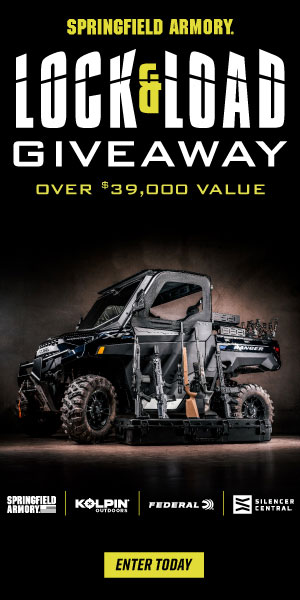Ported Barrels: Are They Worth the Effort?
March 7th, 2023
10 minute read
Ask just about any shooter with any experience how they like ported barrels on guns and you’ll get some strongly worded answers. Some are raucously opposed to “Putting holes in the barrel!”, while others think a proper handgun can’t be shot well without ports or a comp of some sort. The issue I have with both the nay-sayers and the activist supporters is most have very little actual experience shooting them side-by-side.
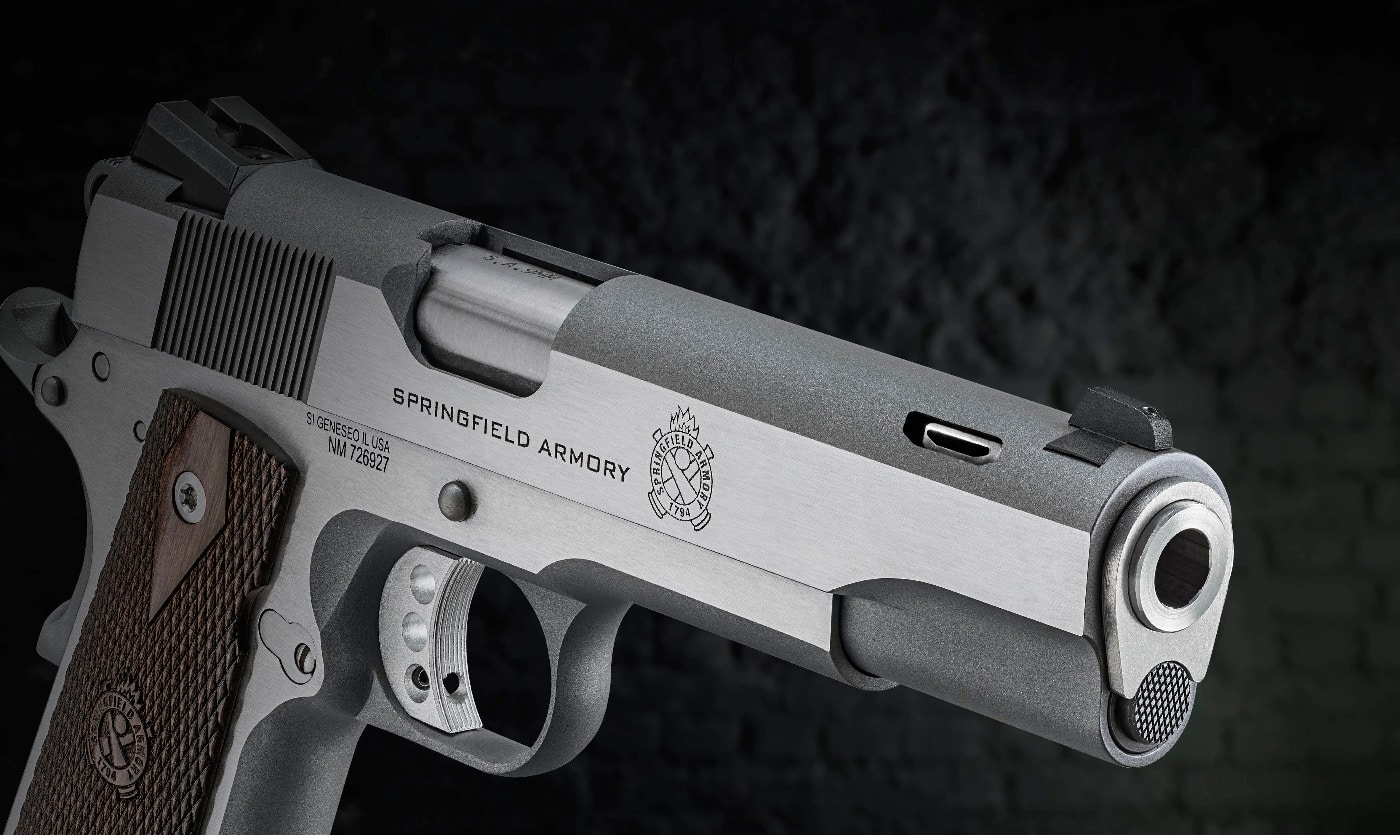
One may be a long-time “non-comp” shooter put off by a perceived higher muzzle blast and increased noise, so they shut that option out. Others might have learned to shoot or have a good deal of experience with a compensated gun of some sort. They may look with disdain upon anyone foolish enough to shoot a gun without a compensator or ports.
“Oh, the humanity!” It’s like endorsing one political candidate — in spite of another also having some positive traits — and keeping your ears plugged to any positive arguments except the ones about your candidate.
That’s called confirmation bias. It’s when you’ve made a decision about something — cars, knives, ammo, comp guns or non-comp guns, etc. — then only consider information supporting your opinions. Often, in spite of nearly overwhelming evidence showing those opinions might be incorrect, those same people continue to shut out any new information.
I began to wonder if I might have applied this to the question of porting on guns, which led me to this test.
Ports and Comps
First, let’s consider the terminology we will use when discussing this topic. Comps can be elaborate contraptions going onto the muzzle end of a handgun, or just simply ports cut into the top near the muzzle.
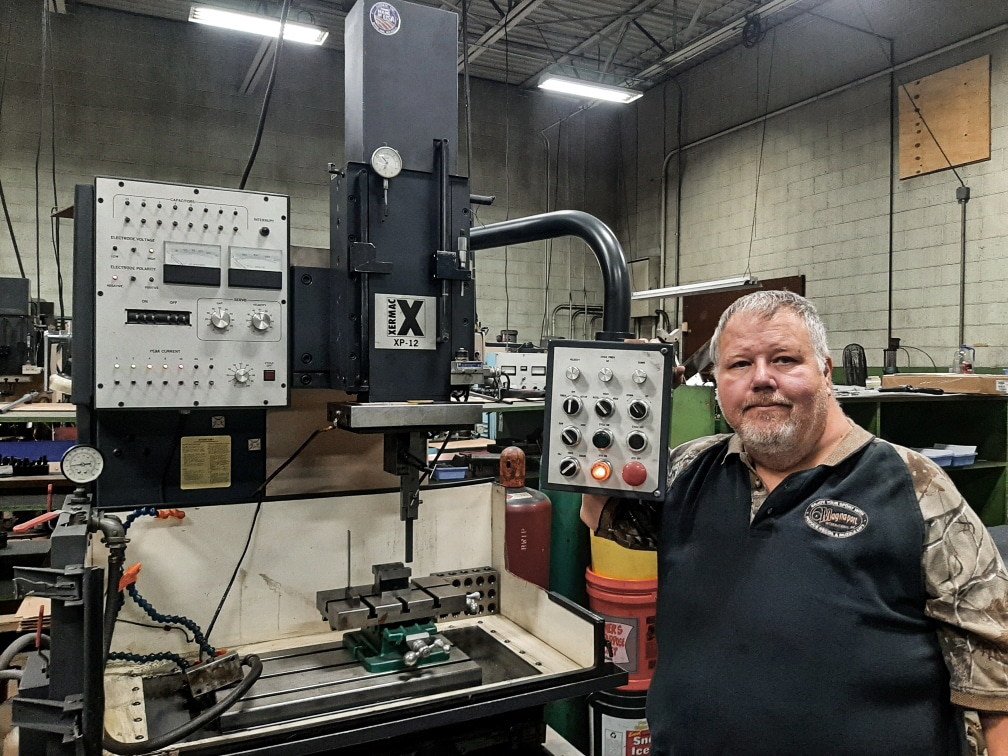
In the 1980’s, the age of the compensated gun in competition exploded onto the scene, and rightfully so. A comp allowed shooters to shoot faster, more accurately and more smoothly, so they dominated the circuits. That spilled into the standard marketplace, and soon it seemed as though comps of one sort or another were available to everyone.
Some of those elaborate comps vented loads of pressurized gases and were, indeed, quite loud. I think, more than anything, that’s what prompted many non-competitors to wonder what the big deal was. If you’re shooting a weekend match, or just plinking or even handgun hunting, why put up with the Sturm und Drang and general fuss a compensator generates for just a few shots? I’d tend to agree.
Most also think having those ports or a comp “out there” greatly reduces the gases pushing the bullet out of the bore, tending to negatively affect velocity. This perceived hacking away at potential velocity has turned many shooters off to the idea of comps or ports. “I want every bit of velocity I can get!” they cry out. “And I’ll be damned if I’ll use ’em,” they add, “even if they might help me shoot faster and more accurately!” So there.
Can Less Be More?
In 1972, Mag-Na-Port burst onto the shooting scene on the cover of an issue of Guns and Ammo magazine. These elegantly shaped, small rectangular ports on a gun’s upper muzzle area were almost unnoticeable. Developed by Larry Kelly, the process employed Electrical Discharge Machining (EDM) — which doesn’t use mechanical cutters — to make those precise, definitively shaped ports. EDM uses an electrode and an anode to allow current to flow, “eating away” metal, but never touching it. Complicated shapes can be produced, and Larry realized he was onto something.
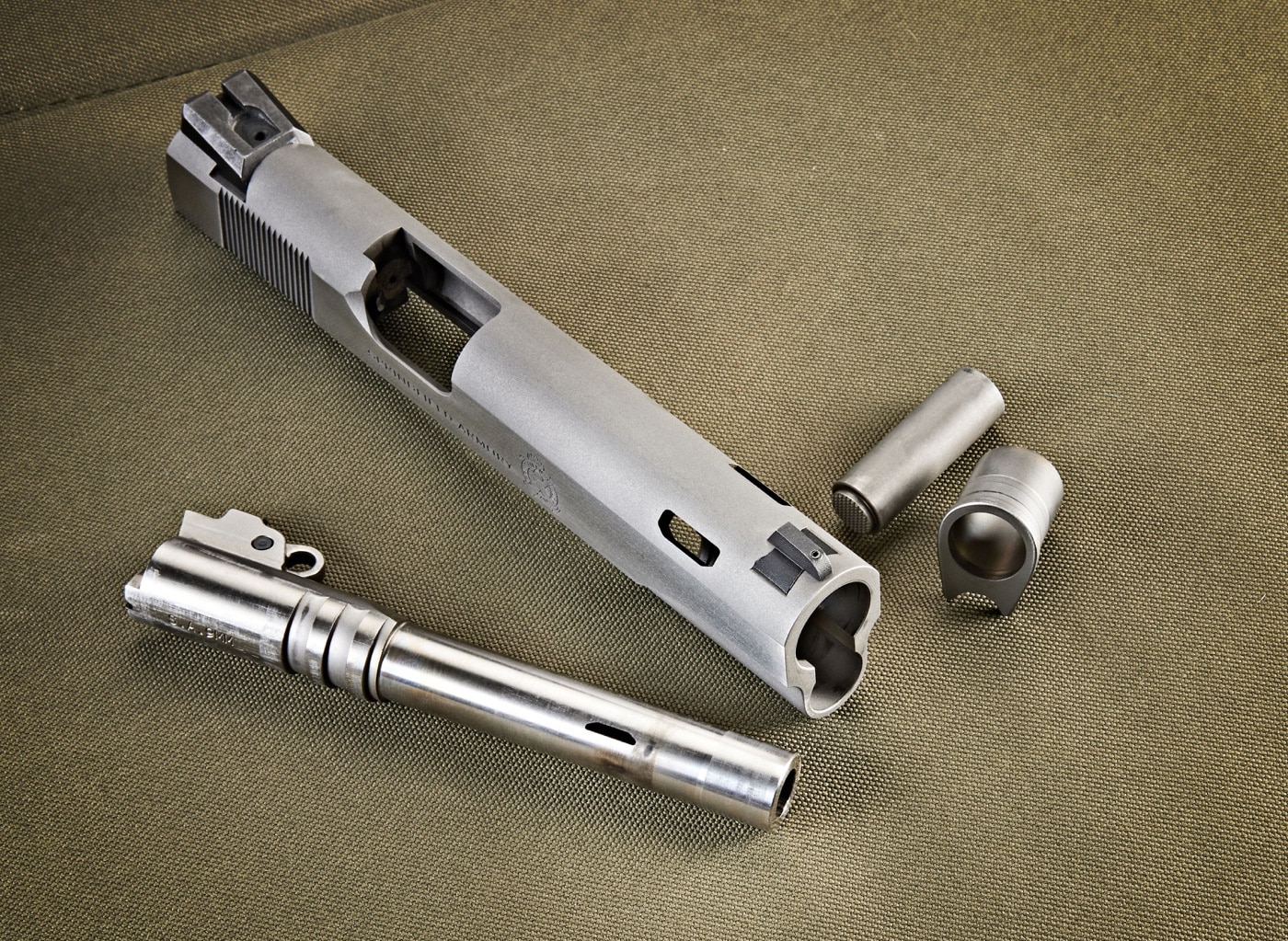
Mag-Na-Port technology was introduced to the shooting public and soon gained its approval. The general ambient fuss normally generated by a competition-type comp was replaced by small, precisely aimed jets pointed “just so” to keep muzzle flip down. Many called the technology a game-changer.
Today, Mag-Na-Port is run by Larry’s son, Ken Kelly, and is more popular than ever. The process can also be used on rifles and shotguns, as well as handguns of all kinds. An autopistol has ports cut through the barrel as well as the slide, allowing the escaping gas to help force the muzzle down as the bullets leave the bore. A revolver just has ports through the top of the barrel near the muzzle. Mag-Na-Port has been doing their magic on factory guns of all sorts for decades. It’s well proven — and got me thinking.
Ported Guns
In chatting with editor-in-chief of The Armory Life, Mike Humphries, I told him I thought it’d be an interesting test to compare identical 1911s, one ported and one un-ported. “Let’s see what really happens in the real world,” I suggested. I wanted to determine how much velocity something like Mag-Na-Porting really cuts. And, if it does lower the velocity, to what degree — and does that percentage really matter? Is the reduced muzzle flip worth a bit of velocity loss?
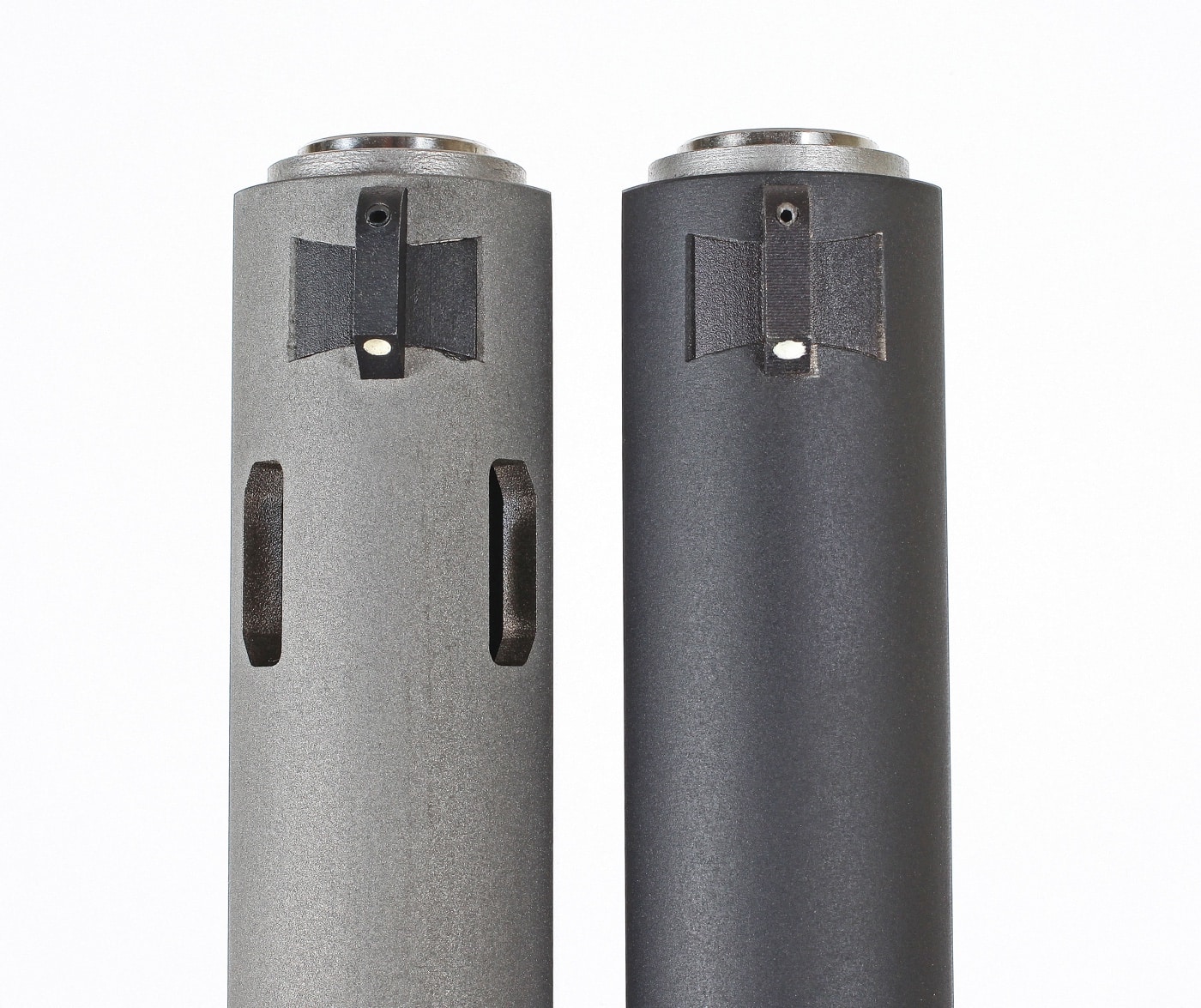
I figured using a relatively straightforward, but high-quality 1911 as the base for the test made sense. So, I requested two stock 5″ Springfield Armory Garrison 9mm pistols. One of them went to Mag-Na-Port so they could do their magic with two ports. Soon we got a “Your gun’s done,” call from Ken Kelly and it landed at my FFL.
My idea was simple, but time-consuming. I was going to assemble as many different 9mm loads I could find in my stash and shoot them over a chronograph. Each load would have five rounds fired from each gun and I’d collect the data. I also wanted to pay close attention to how different each load felt regarding perceived recoil, muzzle flip and anything else popping up.
In the interest of full disclosure here, I started this fairly firmly in the “I don’t need a comp to shoot well” crowd. I’ve also always assumed (dangerous, right?) a comp or port-style modification would negatively affect velocity a good deal. So, here we find ourselves on new ground, and with the ability soon to point our fingers and say, “See, I told you so.”
I just wasn’t sure who would get the finger pointed at them.
Testing Ported Barrels
I ended up with more than 25 loads from my stash of 9mm ammo. Over the years as editor of American Handgunner, I had accumulated a good cross-section of loads from different makers I used during gun tests. I have countless boxes missing “a few rounds” for chronographing or accuracy testing, so this was a good time to use up some of that ammo.
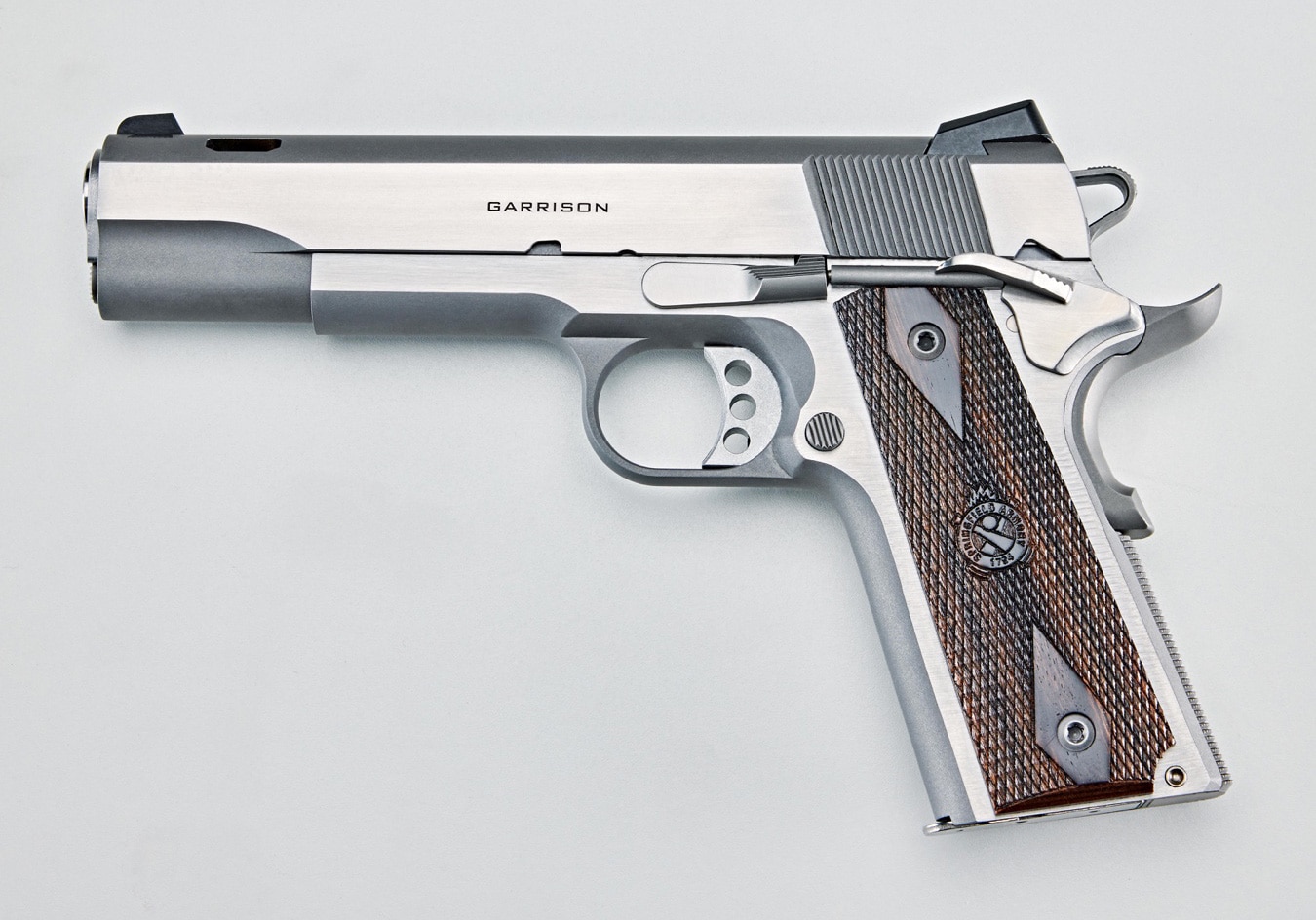
Kindly see the chart for specifics. The drill was to load five in a magazine, shoot five over the chrono documenting each shot’s velocity, then load five more of the same and repeat things for the other gun. I shot the un-ported stock Garrison first, followed by the Mag-Na-Ported version. About 300-odd rounds later I was done with the shooting portion. I had to re-shoot a few loads due to “fault” readings on the chrono, which is common with the electronic beasts.
This also allowed me to get a feel of the stock gun and the pistol with the ported barrel and slide, one right after the other. I was able to compare the differences in perceived recoil and muzzle blast and will admit my comparison is subjective. But I’ve been shooting handguns for nearly six decades, so I’m attuned to some of the more subtle nuances of what’s going on regarding recoil and muzzle blast.
Refer to the chart for details and numbers. The velocities listed are an average of five rounds for each load.
I also downloaded a decibel meter app for my iPhone. Doing some experimenting, I found it seemed to be reliable. My chainsaw showed it was as loud as a chainsaw, according to their chart. My tractor met the specs for tractor noises and my barking Aussie Shepherds pegged the “barking” limit of the app.
Data Points
Since I was doing the work, I included a Springfield 911 (3″ barrel) I own in the mix to see how these loads are affected by a shorter barrel with no ports. It’s just FYI info for you to compare against the “full-sized” 9mm autos. Call it a bonus.
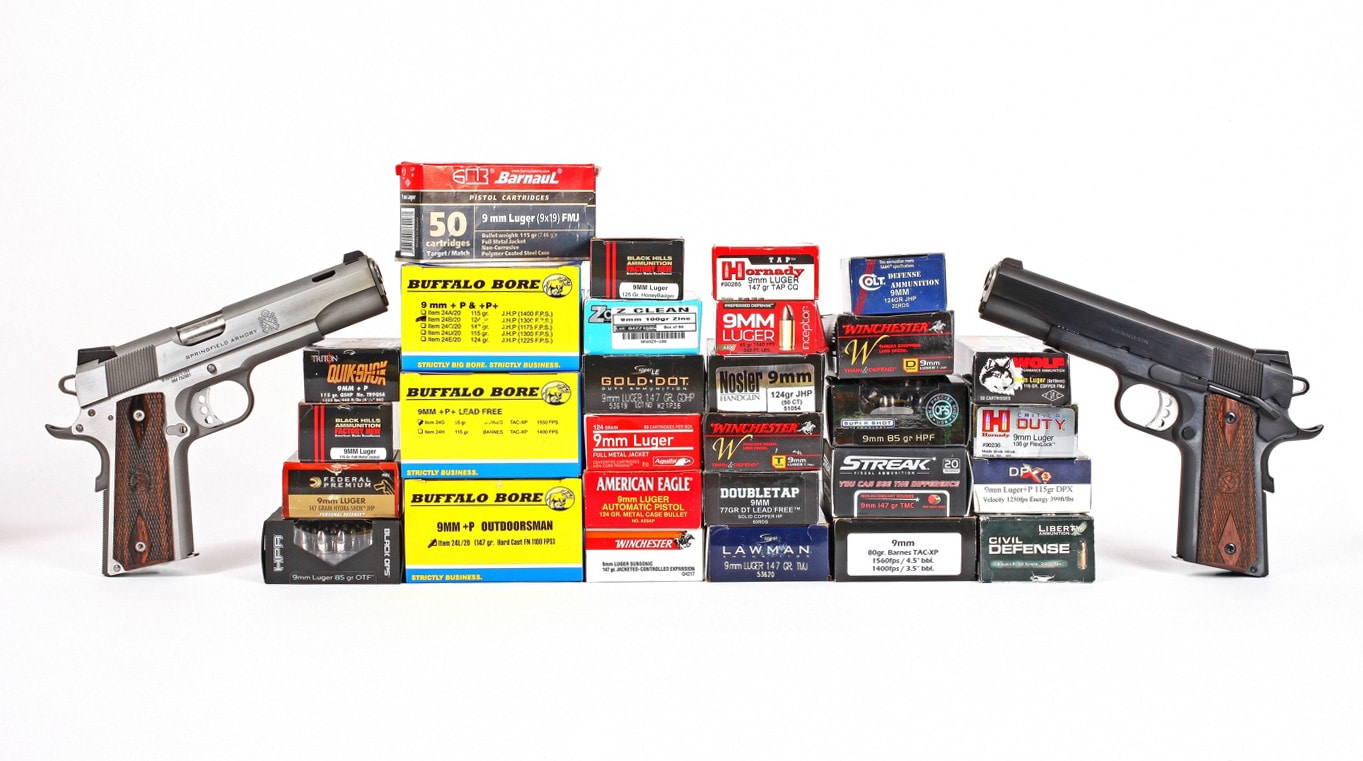
First, let’s get the noise question out of the way. I started the test firmly convinced the Mag-Na-Ported gun would be “a lot” louder than the stock gun. After shooting, I seemed to feel a bit more muzzle blast on my arm and face, but it was hard to tell if it was louder. Some of the higher velocity loads might have barked a tad more in the ported gun, but it was hard to tell for sure.
The DB meter told me the un-ported gun averaged about three to five points lower noise than the ported gun, depending upon the load. The light/high-velocity loads were the most obnoxious in either gun. The stock gun ran in the 105 DB range (differing load to load) while the ported gun averaged 108 to 110 or so. According to my research, that’s not significant, although it is louder. But both are above the 100 DB limit of “permanent damage” if you’re exposed to it, so wear your ears.
As a test, I also fired a .44 Magnum, promptly pegging the meter at 120. I suppose it was actually louder, since the meter couldn’t read higher. I read online some gun reports can approach 140.
I want to stress this was an informal test, but I confess I was surprised the ported gun didn’t show as being considerably louder. I’m assuming the “noise” is the same (same powder, same load, same “explosion”), but the porting allows “some” of that sound to be closer to your ear. Hence, they might seem louder.
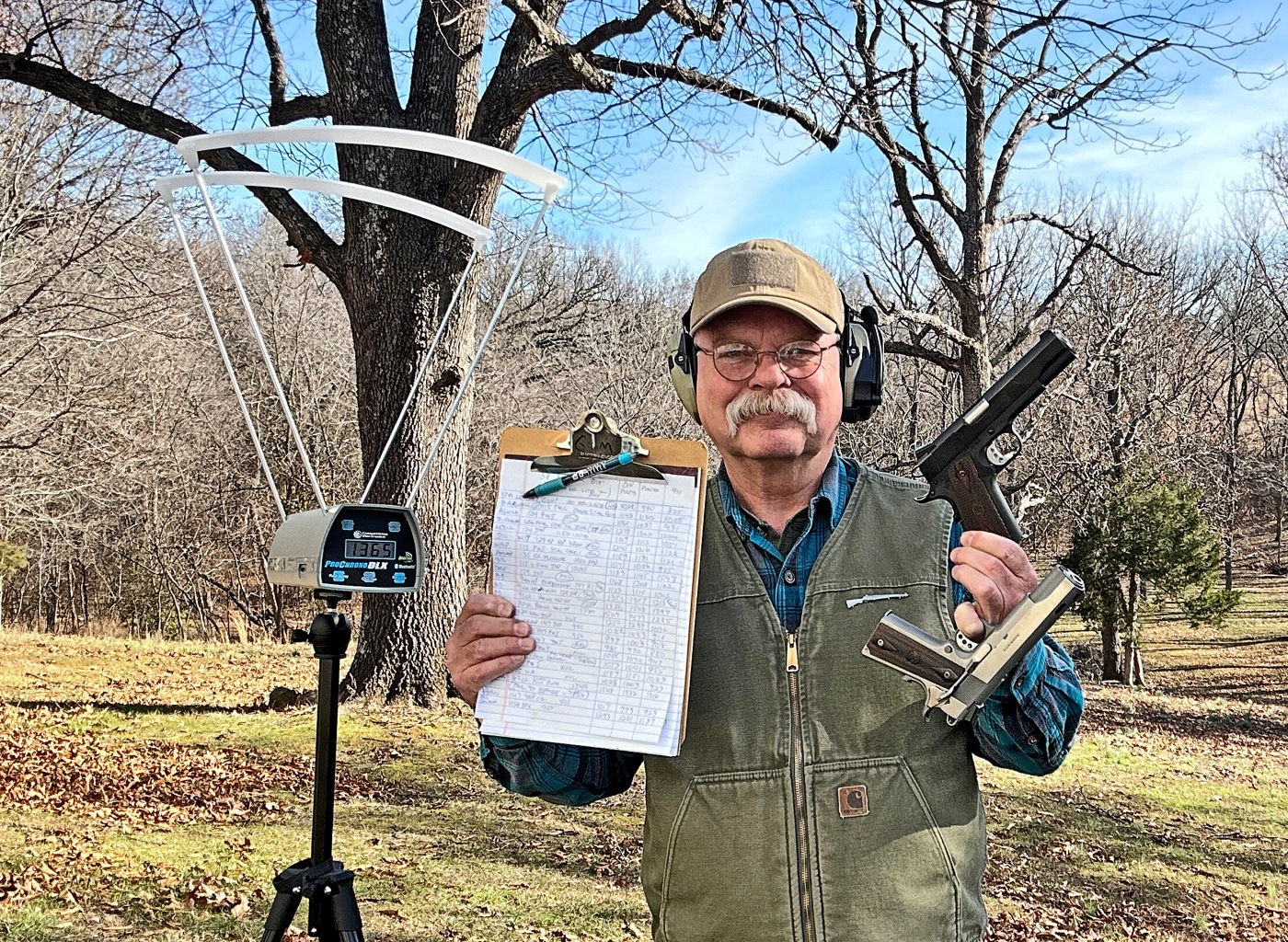
The real surprise for me came as I assembled the velocity data. I had expected the ported Garrison to show significantly lower velocities, at least with some loads. But nope, and as a matter of fact with some loads it was just a tad higher. Overall, there were five loads showing higher velocities in the ported gun than the stock gun. I profess I don’t know why or how that is.
The biggest velocity difference I could find was only 5.6 percent lower in the ported gun, say, around 50 feet per second (fps) or so. The chart shows the loads compared so you can see for yourself. As near as I could manage with my high school math is the ported gun averaged about one percent less velocity than the stock Garrison (give or take just a smidgen).
To me, a load generating, say, 1,187 fps in the un-ported gun and 1,151 in the ported gun — Black Hills 115-gr. FMJ for instance — is fine in either gun. The Speer Lawman 147-gr. TMJ showed 981 in the stock gun and 970 in the ported gun, a difference of only 11 fps. You can have much more variance than that just in round-to-round differences.
An interesting point is the fact virtually all of the loads having velocities listed on the boxes showed higher fps figures over the chronograph. A few, like the Buffalo Bore loads, were almost spot-on with the velocities listed on the boxes. They were also very consistent between the two guns, with just ten fps or less between the ported vs. un-ported models. But they test with real guns, not pressure barrels.
Ported vs. Non-Ported Barrel Data
| Load | Un-Ported Pistol | Ported Pistol | Springfield 911 |
|---|---|---|---|
| Aguila 124-gr. FMJ | 1,061 fps | 1,037 fps | 931 fps |
| American Eagle 124-gr. FMJ | 1,088 fps | 1,070 fps | 947 fps |
| Barnaul 115-gr. TMC | 1,148 fps | 1,130 fps | 1,005 fps |
| Black Hills 115-gr. FMJ | 1,187 fps | 1,151 fps | 1,029 fps |
| Black Hills 125-gr. Honey Badger | 1,028 fps | 1,003 fps | 927 fps |
| Brown 147-gr. BXP-X-Point | 1,041 fps | 1,012 fps | 929 fps |
| Buffalo Bore 95-gr. Barnes TAC-XP | 1,556 fps | 1,548 fps | 1,397 fps |
| Buffalo Bore 124-gr. +P+ JHP | 1,351 fps | 1,357 fps | 1,123 fps |
| Buffalo Bore 147-gr. +P HC Lead | 1,123 fps | 1,114 fps | 1,005 fps |
| Corbon 115-gr. +P DPX | 1,293 fps | 1,281 fps | 1,187 fps |
| Double Tap 77-gr. DT Copper HP | 1,557 fps | 1,582 fps | 1,365 fps |
| Double Tap 80-gr. Barnes TAC-XP | 1,509 fps | 1,477 fps | 1,285 fps |
| Federal 147-gr. Hydra-Shok JHP | 980 fps | 963 fps | 873 fps |
| Hornady 135-gr. Flexlock | 1,075 fps | 1,026 fps | 955 fps |
| Hornady 147-gr. TAPCQ | 1,017 fps | 999 fps | 923 fps |
| Inceptor 65-gr. Copper Poly Fluted | 1,548 fps | 1,532 fps | 1,316 fps |
| Liberty Civil Defense 50-gr. JHP | 2,252 fps | 2,195 fps | 1,903 fps |
| Nosler 124-gr. JHP | 1,169 fps | 1,112 fps | 1,051 fps |
| Speer Lawman 147-gr. TMJ | 981 fps | 970 fps | 880 fps |
| Speer LE 147-gr. Gold Dot HP | 1,028 fps | 980 fps | 855 fps |
| Streak (Tracer) 147-gr. TMC | 982 fps | 966 fps | 965 fps |
| Winchester Controlled Expansion 147-gr. JHP | 1,053 fps | 1,041 fps | 955 fps |
| Winchester Defender 147-gr. JHP | 1,069 fps | 1,022 fps | 951 fps |
| Winchester Train & Defend 147-gr. Train FMJ | 999 fps | 1,003 fps | 908 fps |
| Wolf 115-gr. FMJ Steel Case | 1,189 fps | 1,181 fps | 1,121 fps |
| Z-Clean Lead-Free 100-gr. Zinc FP | 1,278 fps | 1,301 fps | 1,200 fps |
And the Winner Is …
Truthfully, I think we’re all winners here. While I honestly feel the Mag-Na-Ports did help to keep muzzle flip down significantly, those same ports also didn’t affect velocity in any manner anyone should fret over. If you’re interested in competition where fast shooting and target-to-target movement are critical things, I’d think about getting ports. What additional perceived blast there might have been was hardly noticeable, at least to me. For a defensive gun, I’d be interested in seeing how these ports work on one of the smaller .380-sized autos, which tend to be snappy and flip the muzzle. Would a ported barrel for concealed carry work? I’ll look into that.
If you favor un-ported guns, that’s fine too. I felt the overall recoil of the ported gun to be just a tiny bit snappier than the stock gun, while keeping the muzzle lower. That energy has to go someplace, so it goes backwards into you. Normally it’s “wasted” generating muzzle flip, so the stock gun felt slightly “softer” in recoil, at least to me. But I don’t think the owner of an un-ported gun can reliably exclaim his gun generates enough higher velocity to matter in the real world.
We could go on about shooting a ported gun close to the body and the fact it may put some blast in your face. Or how the flash might “blind you” at night. In my own tests shooting “flashy” loads at night, I could hardly see them usually, and often didn’t see them at all. I’ve also shot ported guns close to my body with no ill-effects. I suppose if you aimed the ports right into your face it might make a difference, but at that point you’re likely rolling around wrestling for your gun, so I doubt you’d even notice?
So, my final word? I wouldn’t worry about this one bit. Shoot ported guns if you like them, or un-ported if they float your boat. I’ll call it a draw, with each side having their own set of advantages — and disadvantages. And, wanting to try out Mag-Na-Porting it might just be a good excuse to buy a new gun!
Editor’s Note: Be sure to check out The Armory Life Forum, where you can comment about our daily articles, as well as just talk guns and gear. Click the “Go To Forum Thread” link below to jump in!
Join the Discussion
Continue Reading
Did you enjoy this article?

 350
350





